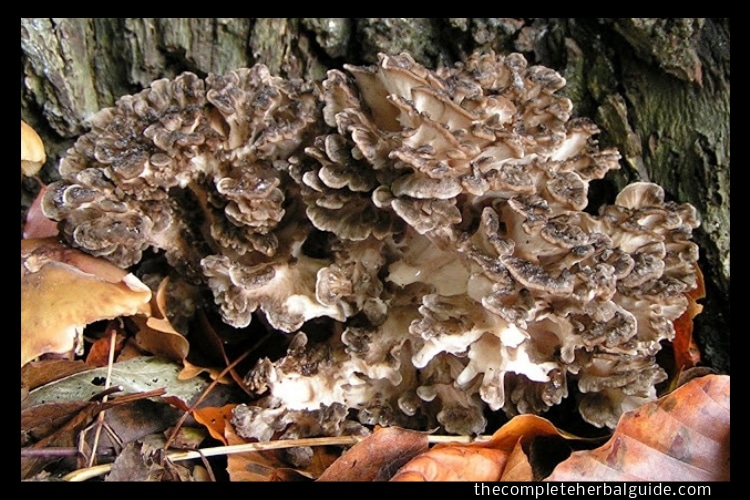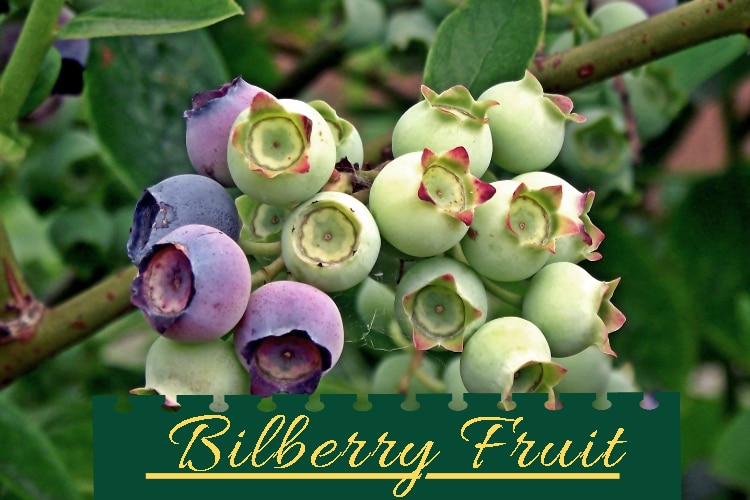
Medicinal Uses & Benefits of St. John’s Plant
St. John’s Plant is a bitter digestive that relieves stomach acidity, dyspepsia, indigestion, travel sickness, and acute bowel and stomach pain. It also soothes the nerves, reduces tension and insomnia. St. John’s Plant is beneficial for female complaints, easing menstrual cramps and painful menopausal symptoms, and it improves liver and gallbladder function.
Table of Contents
Plant Description
St. John’s Plant is a native of temperate Europe and Asia and was introduced to the Americas, where it grows on roadsides, riverbanks and in vacant lots and waste places, thriving in well-drained, neutral-to-slightly-alkaline soil in sun and growing to a height of six feet.
It is an aromatic, multi-branched shrubby perennial with red-brown stems, bearing deeply cut, dark-green leaves (that are downy white underneath) and clusters of yellow-to-red-brown flower heads that bloom from July to September.
History
It is one of the few palatable wormwoods of the Artemisia family, and its botanical genus, Artemisia, is derived from Artemis, the Greek name for Diana, who is said to have found the plants and delivered their powers to the centaur. In ancient Greece, the Father of Medicine, Hippocrates (circa 400 B.C.), and the first-century physician, Dioscorides, prescribed St. John’s Plant as a specific to ease and hasten childbirth, and the herb was frequently mentioned in first-century Greek and Roman writings.
Legend claims that the Romans planted St. John’s Plant on roadsides, so that passing soldiers might put it in their sandals on long marches to soothe sore feet, and herbalists still recommend it in footbaths to invigorate tired feet. St. John’s Plant appears in Chinese medical literature dating back to A.D. 500, and was used to ease rheumatism and is still used for acupuncture points on the skin. In Ayurvedic medicine, St. John’s Plant has been used for the female reproductive system, nervous complaints and as a wash for fungal infections.
Legend tells us that in the wilderness, Saint John the Baptist wore a cingulum or belt, that was woven from the plant, giving us its name and one of its common names, Cingulum Sancti Johannis. Moreover, another of its common names, Felon Plant, comes to us because the plant was said to draw the pus from a “felon” or purulent infection at the end of a finger or toe. St. John’s Plant was important in Druidic and Anglo-Saxon times and was one of the nine sacred herbs given to the world by the god, Woden, that were used to repel evil and poisons. Called the “Mother of Herbs,” St. John’s Plant was associated with witchcraft and fertility rites.
Placed on a pillow, it was said to reveal the future in dreams, and it was a traveler’s remedy, not only protecting medieval pilgrims from fatigue and sunstroke, but also from wild beasts and demons. Old-time wayfarers put it in their shoes to keep from becoming footsore (echoing one of its ancient uses). In 1636, John Gerard’s important “Herbal” was published in England, and he recommended St. John’s Plant for epilepsy and palsy, noting that it “cureth the shakings of the joints, inclining to the palsy.”
Long ago, it was used in England as a tea substitute and in beer brewing, and St. John’s Plant is natural insect repellent that has been utilized in clothes closets as protection against moths. St. John’s Plant is very popular in Europe as a medicinal herb, and it is an important ingredient in traditional recipes of the U.K., Germany, and Spain in dishes of eels or carp and in stuffing’s for geese, duck, pork and game. St. John’s Plant is a bitter, aromatic, tonic herb, and the roots and leaves are used in herbal medicines. Some of the constituents included in St. John’s Plant are essential oil (containing terpenes and terpene derivatives, such as cineol, camphor, linalool, thujone, borneol, etc.), flavonoids (quercetin), silica, antibiotic polyacetylenes, inulin, hydroxy coumarins, resin, tannin, beta-carotene, fiber, calcium, zinc and vitamin C.
Medical Uses
St. John’s Plant root contains a bitter principle that makes it a fine digestive stimulant and stomachic. It tones and gives strength to the stomach, helping to relieve gastric disorders and bowel complaints and is said to relieve acute bowel and stomach pain. As a digestive, it cools the digestive tract, peps up the appetite, and eases nervous and sluggish digestion, dyspepsia, stomach acidity, travel sickness, and indigestion.
As a cholagogue, St. John’s Plant stimulates bile flow from the gallbladder and bile ducts into the duodenum and has a beneficial effect on liver and gallbladder function. It is used for liver stagnation and is useful in cases of jaundice. The improved liver function also helps the digestive tract.
St. John’s Plant is said to be splendid for female complaints. As an emmenagogue, it promotes the onset of suppressed menstruation and, further, regulates its flow, easing prolonged bleeding. It is said to relieve menstrual pain and cramps; and as a uterine stimulant, it has been employed by herbalists to facilitate childbirth when labor is prolonged, and to expel the retained placenta. (It should be noted that because it is a uterine stimulant, pregnant women should never use this herb.) Some herbalists recommend it as a sedative for women during menopause and for painful symptoms of menopause.
St. John’s Plant is a mild tonic for the nervous system that is soothing for the nerves, helping to reduce tension and nervousness. It is said to be mildly narcotic and has been used to calm hysteria, uncontrollable shaking and as a sedative to promote sleep in cases of insomnia. St. John’s Plant is believed to be helpful in cases of depression, especially with the loss of appetite. Long ago, it was used to treat epilepsy and palsy.
As a mild purgative, St. John’s Plant is said to be helpful in cases of constipation.
St. John’s Plant is a parasiticide and has been used to destroy and expel intestinal parasites, especially roundworm and threadworm infestations. The herb’s laxative qualities may also facilitate this action.
As a diuretic, St. John’s Plant encourages the flow of urine and helps to flush the kidneys of impurities and the bladder of gravel and stones, and may be helpful for gout.
St. John’s Plant is considered a diaphoretic that promotes sweating and helps to clear toxins through the skin as well as lower intermittent fever. It is said to be excellent at the outset of a cold, helping to reduce fever and ague (fever with chills), and some even claim that it prevents malaria.
St. John’s Plant acts as an antifungal and antiseptic, combating infections, and it is thought to be an antidote for many poisonous mushrooms.
Used externally, St. John’s Plant has been used to alleviate bruises, the itching of poison oak and is said (probably because of its antiseptic qualities) to be good for abscesses, carbuncles, whitlows/felons (a painful, purulent, pus-filled infection at the end of a finger or toe in the area surrounding the nail). Added to baths, the herb was used to relieve rheumatism, gout, and soothe tired legs and sore feet.
Precautions
As a uterine stimulant, St. John’s Plant should not be used by pregnant women, and it is not recommended for nursing mothers. Overuse (many times the recommended amount) or prolonged use should be avoided, as it is toxic in large doses.






